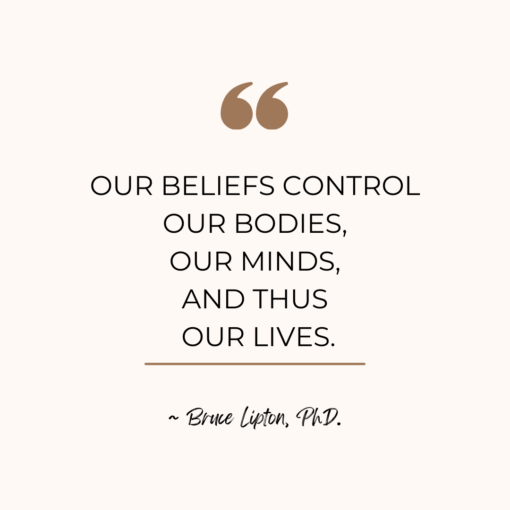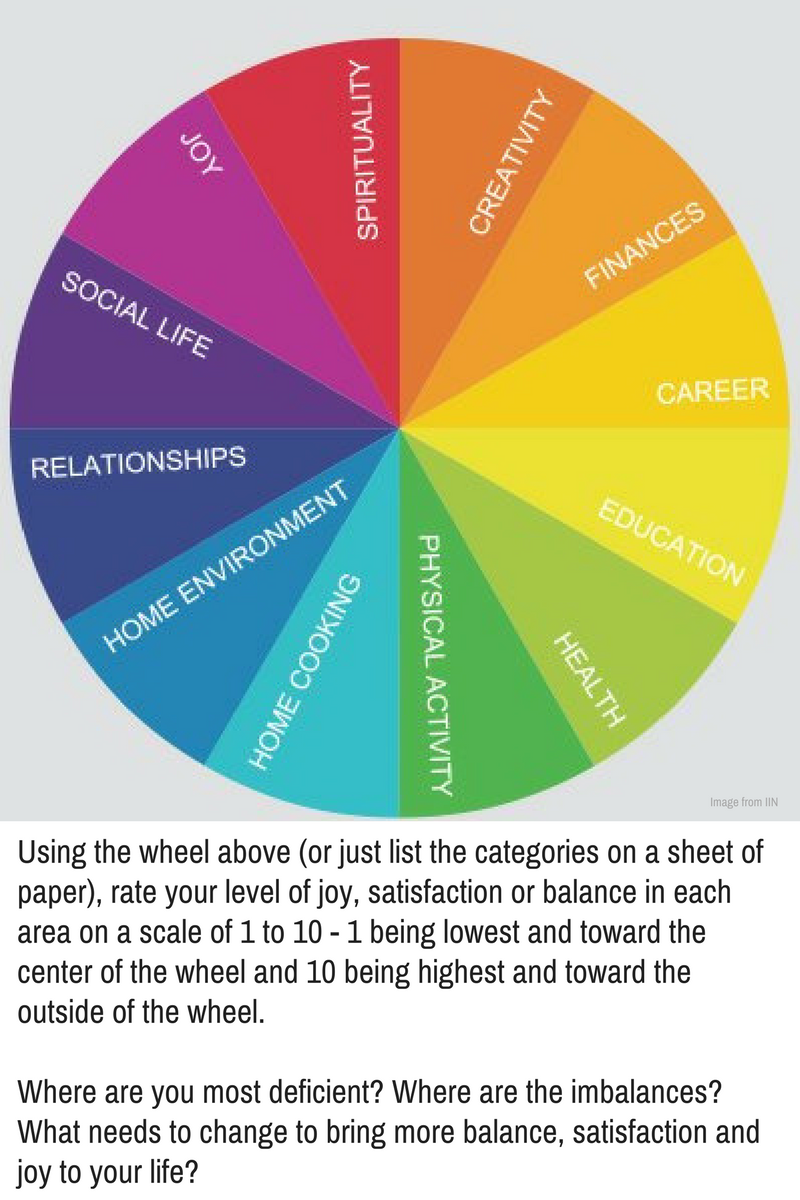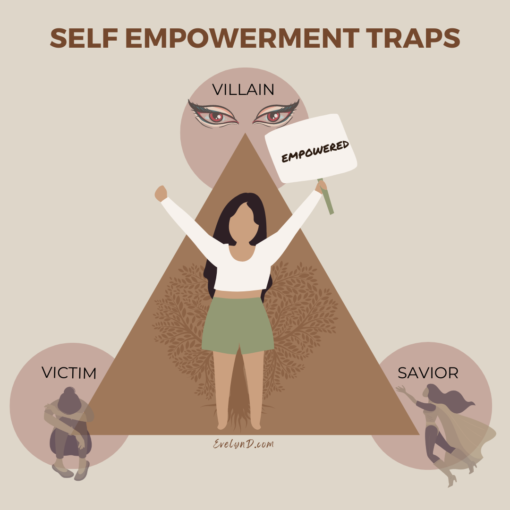 Intermittent Fasting is an approach to eating that offers many benefits – weight loss, tissue and cellular repair, improved digestion, better brain function, improved insulin sensitivity, etc…
Intermittent Fasting is an approach to eating that offers many benefits – weight loss, tissue and cellular repair, improved digestion, better brain function, improved insulin sensitivity, etc…
In reality, we all intermittent fast while we’re sleeping (unless you’re a sleep eater :)). Let’s say you have dinner at 6pm, maybe a snack or glass of wine afterward, so you stop eating and drinking for the day at 7pm. You go to bed, sleep, wake up and have breakfast at 7am.
Boom! You just fasted for 12 hours!
That’s an intermittent fast.
See how simple?
Since there are even more benefits of intermittent fasting after at least 14 hours of fasting – with even greater improvement with longer fasts, you may want to experiment with a longer fasting “window” which then inversely creates a shorter “eating window.”
The shorter eating window can be helpful for those that still can’t lose weight, for those that hit a weight loss plateau, emotional eaters and for those with more advanced insulin resistance.
A popular approach to ‘IF’ is called ’16:8′. This is where you fast for 16 hours and “feast” for 8. So in the above example, you would break your fast at 11am instead of 7am to get to 16 hours. Essentially you would skip breakfast and have a slightly earlier lunch. This gets you into the sweet spot of fat burning along with greater rest and repair which boosts metabolic rate, reduces inflammation and gives the energetically demanding digestive process a rest which allows for clearer thinking and – paradoxically, a feeling of having more energy.
This is a great starting point for most. If clients can experience the benefits they desire here, that’s where I recommend they stay. If not, we’ll experiment with extending the fasting window to 17, 18, even 20 or more hours depending on their state of health and hormonal balance.
You may be thinking, but won’t I be starving?!
The answer is no, you won’t starve, you won’t slow down your metabolism, but you will likely feel hunger – at first – but within a week or so, your appetite signaling hormones begin to adapt to your new schedule and you’ll find that the hunger dissipates and you feel clear, light and energetic.
For me, intermittent fasting has created so much more connection and mindfulness to my eating behavior. Whereas before I would just eat because I thought it was best to fuel myself every few hours, suck down a protein shake after my workouts even though I felt nauseous – or nosh on some nuts or chips out of habit or boredom; now I only eat when I’m hungry – and if I do start to feel hunger pangs and I’m busy or unable to access ideal food – or I’d just really like to extend my fast a bit longer, I now know my body will be fine, maybe I’ll drink some water or tea, and I’ll simply wait to break my fast when it’s ideal time-wise and with nourishing food that I really, really want.
So how do you start intermittent fasting?
- Decide your fasting target window. You can jump right to 16:8 or move your break-fast time back an hour or two from your current fasting period. There’s no gold star or reward for doing this too quickly, so go at your own pace.
- Do you drink your coffee and tea black? Start to wean off of coffee creamer, milk and sweeteners (including stevia), etc…These items may promote insulin secretion which technically breaks the fast. You can blend your coffee with a 1/2 teaspoon of coconut oil or MCT oil and cinnamon if you can’t take it black. These fats and spices are non-insulinogenic.
- Hydrate, hydrate, hydrate – water, unflavored seltzer, unsweet herbal tea are all good choices.
- If you feel drained, foggy, or just “off”, try putting some sea salt in your water or take unsweetened electrolytes with your water (and make sure you are hydrated!)
- Stay busy and mindful. At first, you probably will feel hunger, but wait a week or so to allow for appetite correction.
- Don’t go hog wild and overeat when you break your fast. Have something light at first like a few nuts, veggie sticks or a hard boiled egg as you prepare your first meal.
- Don’t be too rigid. I shared in the last post that I found myself being a slave to the clock. Now I fast intuitively. I sometimes fast for 16 hours (that’s my typical minimum), other times I go for 22 hours -especially if I’m super busy.
- If you’re full after your first meal, don’t feel that you have to eat again later. Or maybe just have a snack later – before you start your next fast. Conversely, if you’re ravenous a few hours after your first meal (and you know you’re fully hydrated, then EAT! Eat to satiety and enjoy every bite mindfully. The body does best if you mix things up and honor what it’s telling you. Some days you’ll eat a little more, somedays less. No big deal! I guess what I’m saying is: don’t try to undereat and don’t overeat out of habit or for emotional/overthinking reasons – Just listen and nourish your body.
I’ve created a worksheet that I use with clients that you can download here. Use this to plan and track your meals as you experiment with IF. Please let me know what you think, how you’re doing and if you have any questions by commenting below or send me a direct message. Happy Fasting!




